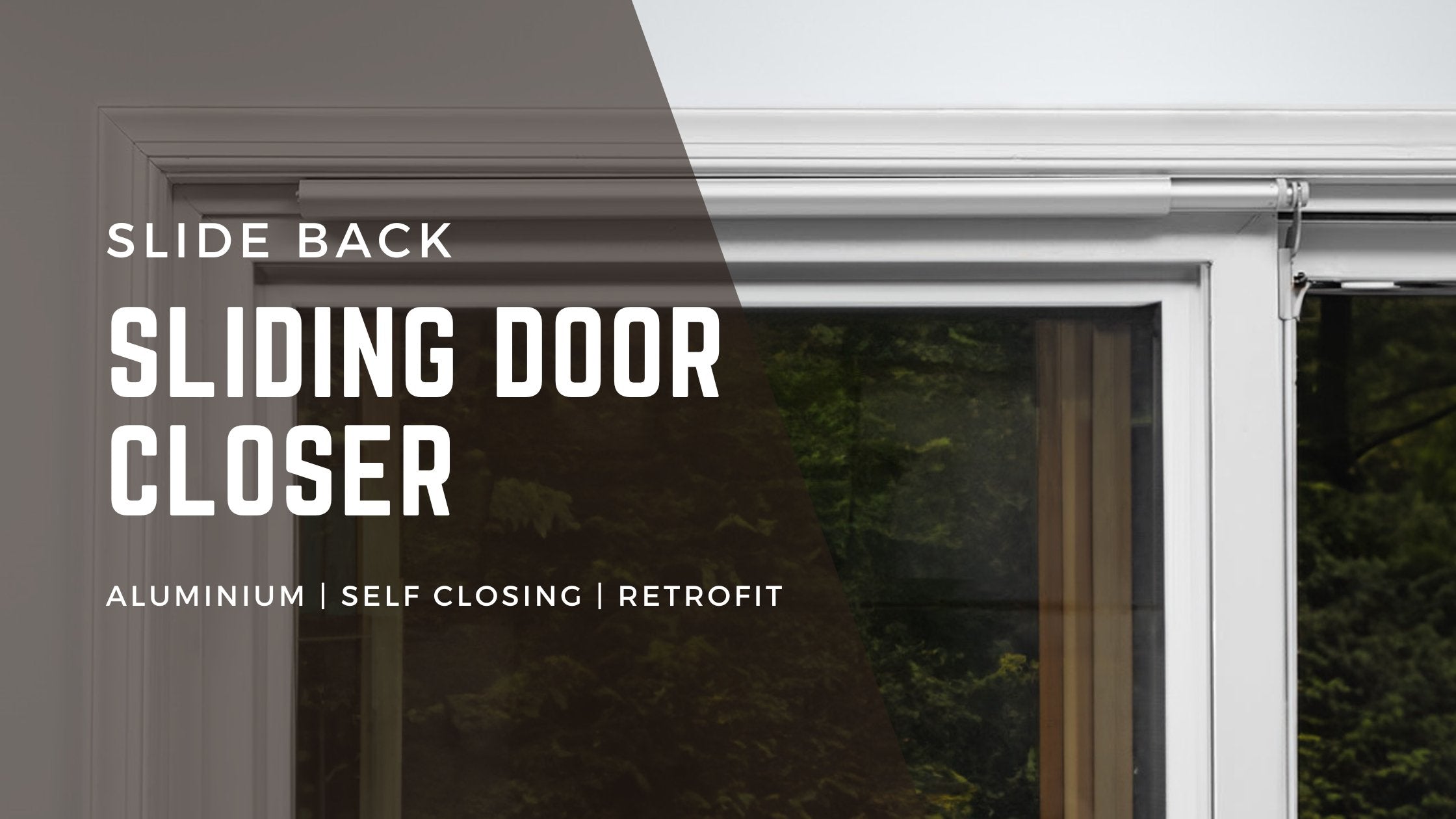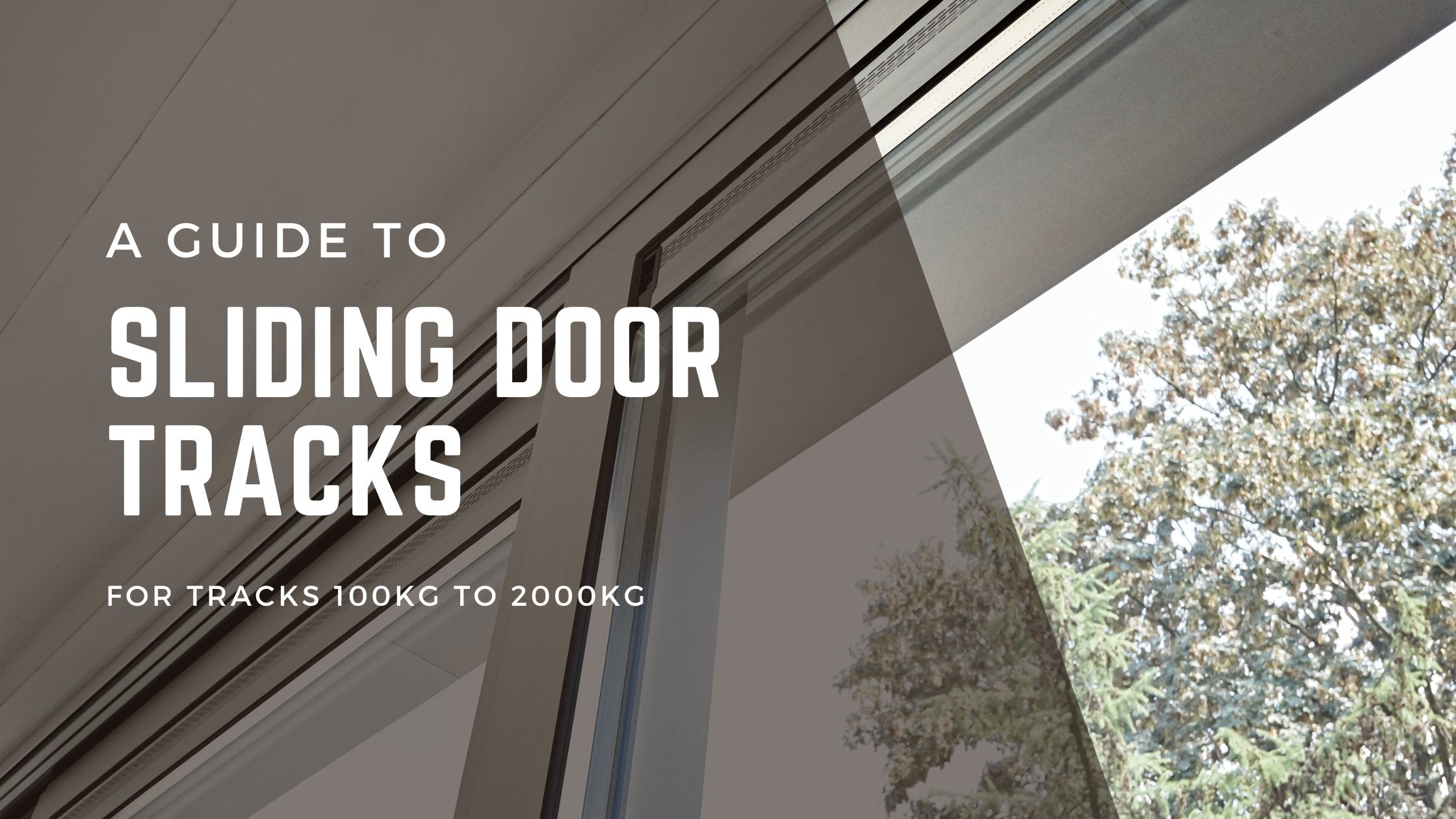Sliding Gates Solved: The Only Guide You'll Need to Choose Sliding Gate Hardware in New Zealand
Sliding Gates are commonly used in New Zealand for driveways and accessways. Building a sliding gate can be a rewarding project that adds both functionality and aesthetic appeal to your property. To ensure a smooth and efficient gate operation, it's crucial to choose the right hardware components. In this guide, we'll walk you through the key components to consider: Bolt Down Track, Wheels, Guides, Stops and a locking mechanism. If you want to make building a gate easy, try our Gate Kit Builder for all the gate hardware you need.
1. Bolt Down Track:

The foundation of a sturdy sliding gate lies in the choice of the bolt down track. This track serves as the guide for the gate's movement. When selecting a bolt down track, consider the material, durability, and ease of installation. Opt for tracks made from high-quality materials like galvanized steel for longevity and resistance to the New Zealand elements. Ensure that the track is securely anchored to the ground for stability.
2. Wheels:

Wheels play a crucial role in the gate's mobility, and there are several options to choose from:
- Bottom Mount Wheels: These wheels are attached to the bottom of the gate, providing stability and support. Ensure that they are made from durable materials to withstand the gate's weight and movement.
- Insert Mount Wheels: Insert mount wheels are installed into the gate frame. This option offers a sleeker look and may be preferred for aesthetic reasons. Again, prioritize durability in your selection.
- Individually Mountable Wheels: For customization, some users prefer individually mountable wheels. This allows users to create their own mounting configuration based on their specific gate design.
3. Guides:

Guides are essential for maintaining the gate's alignment during operation. Choose from the following options based on your preferences:
- Single Roller Guides: Single roller guides provide a simple yet effective solution for gate alignment. They are easy to install and maintain.
- Double Roller Guides: Double roller guides offer enhanced stability and support, reducing the risk of misalignment. Consider these for larger and heavier gates.
- Four Roller Guides: Ideal for substantial gates, four roller guides distribute the weight evenly, ensuring a smooth sliding motion. They are a reliable choice for heavy-duty applications.
- Individually Mountable Guides: Similar to wheels, individually mountable guides provide flexibility for customization based on your unique gate design.
4. Stops:

Stops are crucial for preventing the gate from sliding too far in either direction. Choose from the following options:
- Angled Stops: Angled stops are designed to limit the gate's travel with a gradual incline. They are effective in slowing down the gate's movement.
- Curved Stops: Curved stops provide a smooth and controlled stop for the gate. They are designed to minimize wear and tear on the hardware.
5. Spring Bolt or Locking Mechanism: Wind and Interference Defense
Complete your sliding gate setup with a trustworthy locking mechanism. A good old Spring Bolt or a similar device prevents unwanted gate movements caused by wind or interference. This final touch ensures that your gate stays securely closed when not in use, offering peace of mind for both security and convenience.
Conclusion: Selecting the right hardware for your sliding gate is a critical step in ensuring its functionality and longevity. By carefully considering the bolt down track, wheels, guides, and stops, you can build a sliding gate that not only enhances the security of your property but also adds a touch of elegance. With these components working seamlessly together, you'll enjoy the convenience and reliability of a well-designed sliding gate.
Building your own gate? Try our Gate Kit Builder for all the gate hardware you need.



